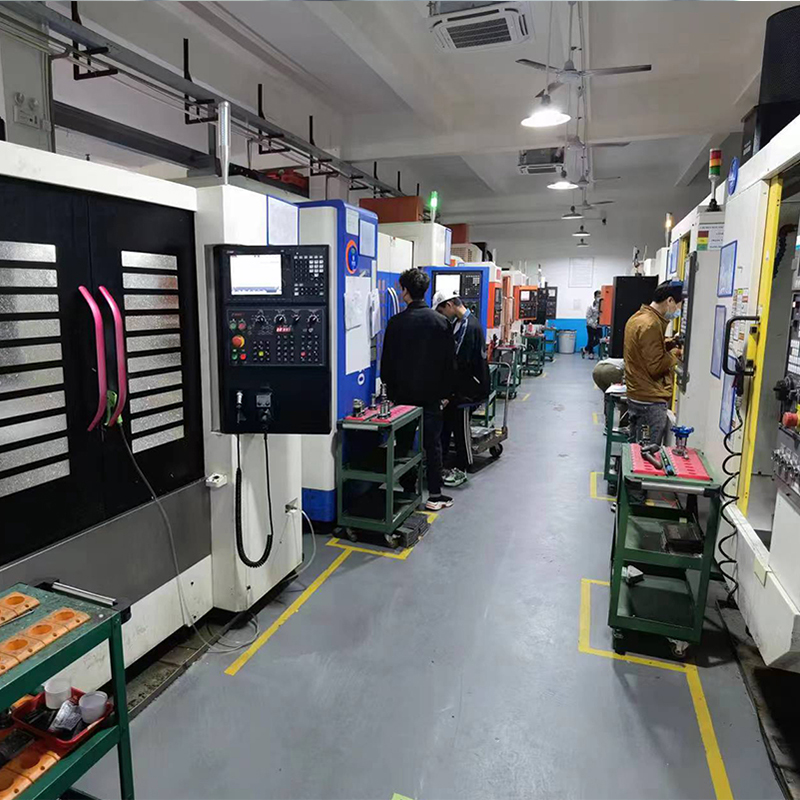
Privacy statement: Your privacy is very important to Us. Our company promises not to disclose your personal information to any external company with out your explicit permission.
With the increasing development of industry, CNC machining is widely used in various industries as the mainstream form of machining. Especially in the fields of aerospace, medical equipment, electronic digital, automotive modification accessories, high-end audio equipment, etc.

Today's article editor will give you a rough understanding of the CNC machining process!
Business personnel obtain first-hand drawings provided by customers, briefly list customer requirements, and submit orders to the engineering department. Engineering personnel will determine factors such as machine tool, cutting tool, positioning and clamping device, process, processing sequence, and cutting amount based on the material selection, surface treatment, shape, size, accuracy, surface roughness, and other requirements of the parts in the drawings, combined with the command functions of the CNC machine tool used. They will fully utilize the advantages and efficiency of the machine tool and strive to achieve a balance in various aspects such as reasonable processing path, fewer visits, and shorter processing time.
For parts with complex shapes (composed of non circular curves or surfaces), it is necessary to approach the actual curve or surface with straight segments and calculate the coordinate values of nodes based on the required accuracy.
In this step, attention should be paid to the standardization of program writing, which should be easy to express and communicate; At the same time, one should also be deeply familiar with the performance, instructions, skills, etc. of the CNC machine tool used
(You can also place this step before the previous step) Before performing CNC machining, the workpiece needs to be clamped onto the machine tool. It is necessary to consider factors such as the function and function that the final product of the workpiece is suitable for, as well as the color of the shape, size, and surface treatment, in order to choose the appropriate tool and specification, and the correct installation method. This step is a very important step, not only cannot be omitted, but also needs to be carefully checked and adjusted in a timely manner;
LET'S GET IN TOUCH

Privacy statement: Your privacy is very important to Us. Our company promises not to disclose your personal information to any external company with out your explicit permission.

Fill in more information so that we can get in touch with you faster
Privacy statement: Your privacy is very important to Us. Our company promises not to disclose your personal information to any external company with out your explicit permission.